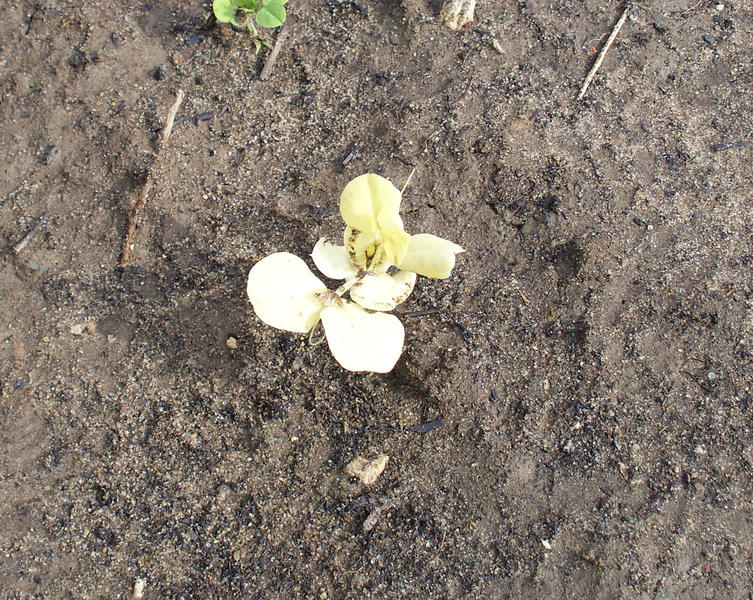heirloomgal
Garden Addicted
- Joined
- Jan 17, 2021
- Messages
- 5,132
- Reaction score
- 16,843
- Points
- 285
- Location
- Northern Ontario, Canada
My personal belief and experience has been that the commonly accepted recommendations fail entirely to take into account the diversity that exists within the circumstances that people garden in. The vast majority of beans that I've grown in the last 3 years were from home gardener's, some of whom do isolation distances and some who don't and without a doubt you can get crosses in both groups. Even with highly isolated plants. But crosses are still rather rare for me in acquired seed; in 400-450 plants I might see 2 plants that don't come true, even in the many network beans I've grown.Every year I have an internal debate with myself on the number of varieties per species to grow with the goal of preserving the chosen varieties. Given a commonly accepted recommendation of at least 10 plants per variety and 20 feet between varieties for common beans, how does one manage to preserve over 120 varieties per season? Do you bag blossoms/plants? Do you find much crossing in the next season's grow-outs? I've always planted taking the isolation distance & population size recommendations into account which then calls for careful mapping; it'd sure make it easier if it turns out 3-6 plants per variety next to each other is enough to maintain a variety's genetics season after season. Thoughts? TIA.
Isolation distances only provide as much protection as a bee can fly, and they can certainly fly quite a ways. So, purity has much more to do with your pollinators than any distance that can be thought up. Some people have more pollinators, some less, and that will be the ultimate determination for crossings - much more so that how far apart you plant things.
In my garden I actively discourage flying things that could cause me problems - no borage, no more lamb's ears, etc. Only mildly attractive plants that will distract bees if they do appear. I also garden against a large expanse of wilderness, which I believe helps. I don't garden in an open agricultural area, which I consider a plus. I can count on one hand how many home grown crosses I've seen - one pole bean and a few cherry tomatoes, and I have lots in my collection. Could there be crosses hidden in my cache of seeds? Maybe. But of the many, many packets I've mailed out these last 2 years I've never heard back about a cross - except for @Branching Out here on the forum, who found a few black seeds in some Rio Zape beans. And I'm not sure if that is due to the variable genetics of that bean, or if it was indeed a true cross. If it is a cross it's only the second one in years, and I consider that good odds.
That said, I do isolate by growth type because @Bluejay77 prefers his growers to do that, but I also like the order of that system. I am also presently avoiding growing runner beans, because they do draw more pollinators than I'm comfortable with. I think before people limit themselves they need to experiment and see if those distances really do apply to their growing conditions, because they may not. If I had limited myself to those iso recommendations I'd never have the collection I do today.

